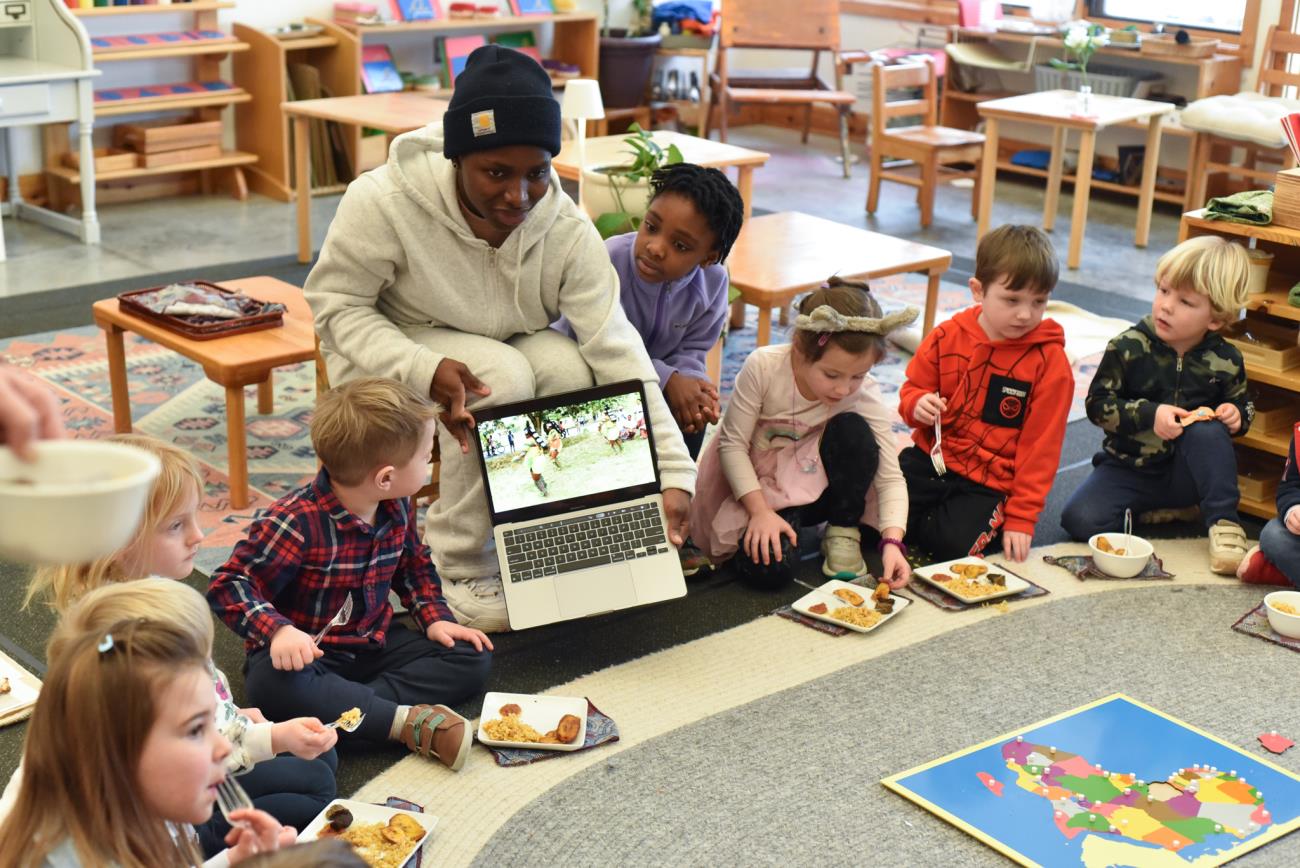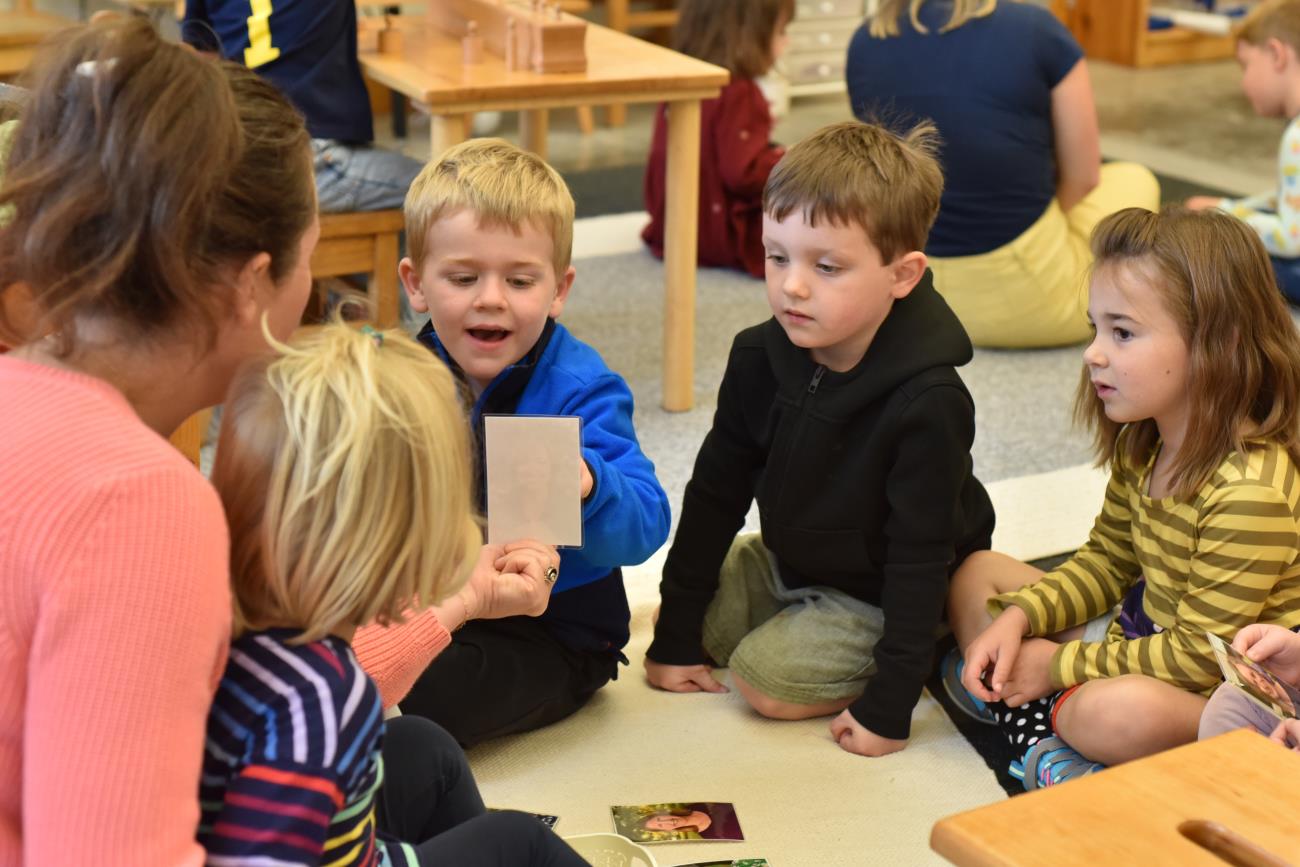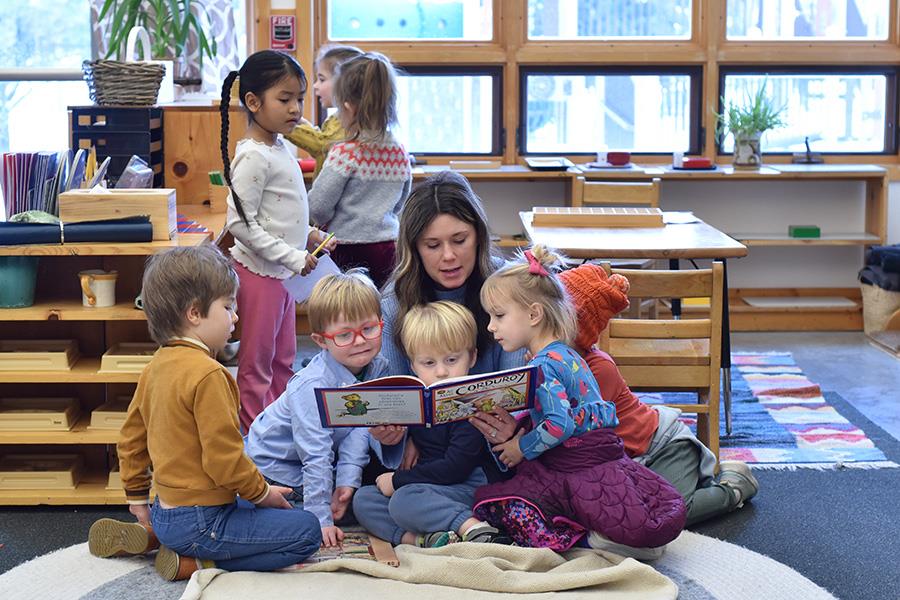“The needs of mankind are universal. Our means of meeting them create the richness and diversity of the planet. The Montessori child should come to relish the texture of that diversity”
- Maria Montessori
Maria Montessori was the ultimate advocate for peace education. She created a method that allowed all children to access their full potential, regardless of ability, background or learning style. She was a champion for diversity and knew our differences added opportunities, not setbacks. However, claiming that Montessori schools celebrate diversity by default of Montessori’s life work is a mistake. Classrooms that appropriately celebrate diversity require intentional teachers and purposefully tailored instruction. These are the top three ways we do this at The Children’s House:
-
Offer windows and mirrors. Windows offer insights into other people’s perspectives. Mirrors offer reflections of our own experiences. Every learner needs both to develop a full picture of the world.
Example: We include books, stories, music and art that represent our learners gender, race, family structure, physical ability and socioeconomic status. We also make sure to include media that highlights those not represented in our community. Classrooms make sure the library corner reflects the world at all times. When we are studying perspectives of those not in our community, we use primary sources and consult experts.
-
Affirm learners’ unique identities. We support learners to have a positive connection with the characteristics that make them special. This starts by getting to know our learners through careful observation.
Example: We do this by celebrating each other’s characteristics through art, like drawing portraits and mixing paint to create our unique skin tones. We are also intentional about sharing compliments with each other regularly.
-
Create a culture of curiosity. We encourage learners to ask questions and model seeking to understand. Young children have a natural desire to put information into categories. Questions help them make sense of the world around them without making assumptions.
Example: We model using phrases like “I wonder what pronouns our new learner uses” or “I can’t wait to learn more about which holidays your family celebrates”.
It is important to learn about people different from ourselves. Seeking to understand promotes empathy, perspective, and reflection. Learning about others often requires seeking out experts in our community. It also requires noticing the diversity already around us. Our staff is committed to cultivating an environment where everyone feels welcome and celebrates what makes each learner themselves.
Our Commitment to Diversity, Equity, Inclusion, and Belonging
Forever inspired by the wisdom of Dr. Maria Montessori, The Children’s House and Compass Montessori Junior High cultivate a learning community where we aim for everyone to feel safe, welcome, and included, and wherein all people are empowered to explore the richness and diversity of humanity, and in doing so discover who they are, where they come from, and how they wish to contribute to our ever-changing world.


